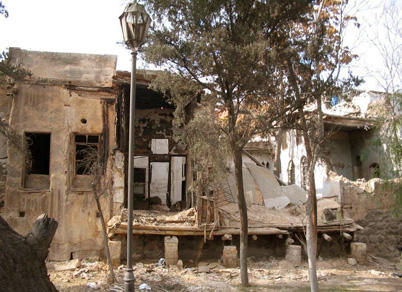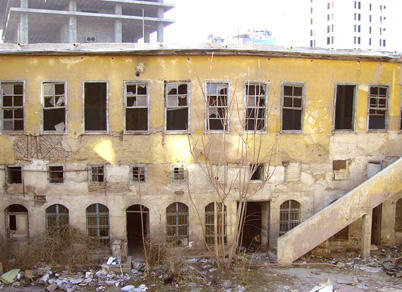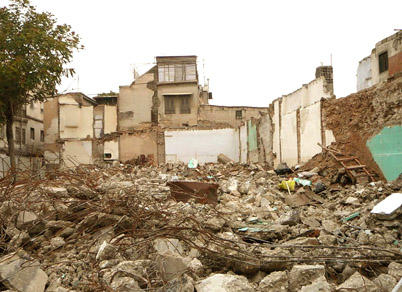2002 and 2008 World Monuments Watch
First settled in the third millennium B.C., the Syrian capital of Damascus is one of the longest continually inhabited cities in the world. The city has some 125 designated monuments, and contains numerous archaeological sites from the various cultures that have at different times occupied and controlled it, from the Romans to the Seljuk Turks. The eighth-century Great Mosque of the Umayyads—one of the city's more important monuments—was built on the site of an Assyrian sanctuary. In addition to its more famous monuments, the urban fabric of the Old City retains a rich and varied record of its past, including historic vernacular buildings that housed residences and commercial businesses. The Ancient City of Damascus was designated a World Heritage Site in 1979. Today, the population of Old Damascus is rapidly decreasing. From 1995 to 2005, more than 20,000 inhabitants left the historic center, seeking modern housing and facilities. The result is a growing number of abandoned buildings falling into disrepair. In March 2007, it was announced that the local government had approved a large-scale redevelopment scheme calling for the demolition of Old City buildings along a 1,400-meter-long stretch of rampart walls. It is hoped that inclusion on the Watch List will help raise public awareness of these redevelopment plans and other threats that endanger Old Damascus and threaten to destroy this historic, living city.
Since the Watch
In April 2008, UNESCO and ICOMOS mounted a monitoring mission to Damascus, a World Heritage Site. The delegates met with local authorities, including the staff of Syria's General Directorate of Antiquities and Museums in charge of Damascus, and other experts. The mission found elements of progress, but also severe physical and functional decay.



